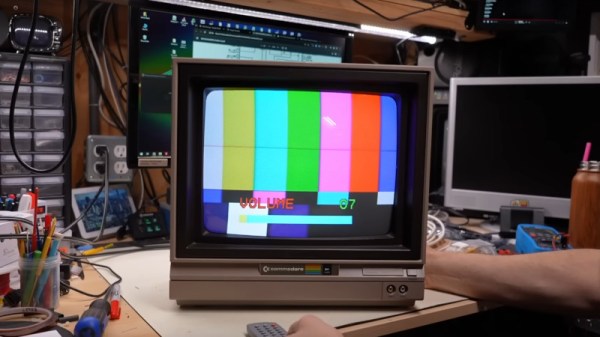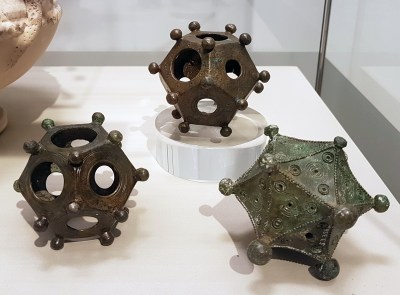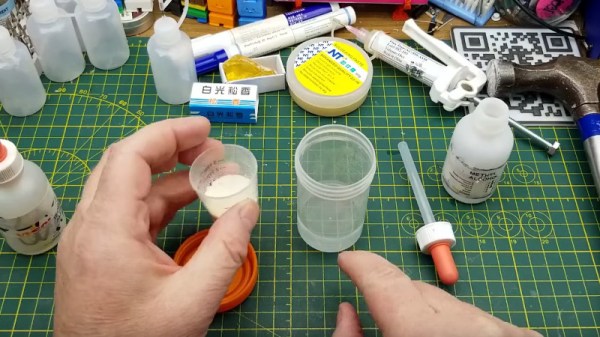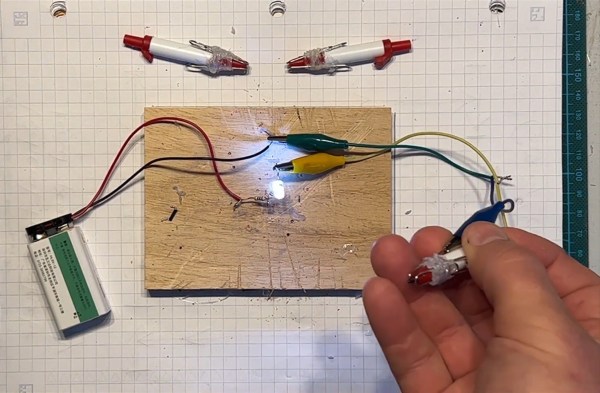Aside from keeping decades-old consumer-grade computing hardware working, a major problem for many retrocomputing enthusiasts lies in doing the same for vintage monitors. Whether your screen is a domestic TV or a dedicated monitor, the heat and voltage stress of driving a CRT made these devices significantly less reliable than many of their modern-day counterparts. [Adrian’s Digital Basement] has a worn-out and broken Commodore 1701 monitor, which he’s brought back to life with a modern circuit board and a CRT transplant.
Following on from a previous project, he’s using a replacement board sold as a repair option for CRT TVs on AliExpress. The Commodore monitor has its board on a metal chassis which takes the replacement with a bit of modification. He doesn’t say where the new CRT came from, but we’re guessing it was a late model TV as CRTs made over the last few decades are more interchangeable than might be expected. There’s a moment of mild dodginess as he makes a voltage doubler to run the 220 V board from 120 V with a pair of large electrolytic capacitors hot glued in place, but otherwise it’s a success.
At the end of it all after some testing and set-up he has a Commodore monitor with a new heart and multi-standard support. Is it really a Commodore monitor though, or should it have been repaired? It’s a difficult one to answer, but we’d suggest that CRT monitor repair is less easy today than it used to be because many of the parts are now difficult to find. If it saves at least some of the original from the dumpster it’s better than doing nothing. We wonder how long these upgrades will remain possible as even with Chinese plants making these boards and a handful of CRT TVs still appearing on AliBaba it’s clear that CRTs are at the very end of their life.
Continue reading “A Vintage Monitor Lives Again With A New Heart”


















